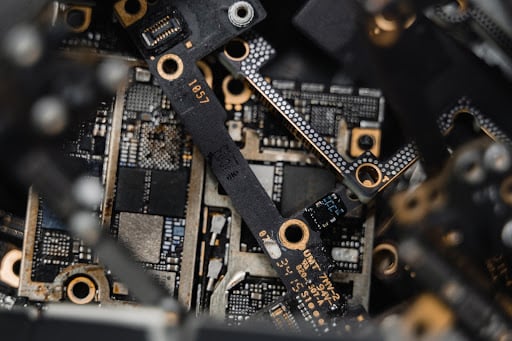In this fast-paced world, consumers have come to expect overnight delivery. As demands for same-day or next-day shipping increases, the speed of order delivery and inventory management have become highly scrutinized aspects of supply chain management. Some companies have had to reduce their inventory and restructure their production processes and fulfillment operations by implementing faster, more efficient inventory and fulfillment plans, such as just-in-time (JIT) delivery and zero inventory strategies.
Just-In-Time:
Just-In-Time (JIT) is an inventory management system applied to physical stock, especially for raw materials orders and manufacturing. Rather than housing a large inventory of items, goods are ordered from suppliers as needed. Products are ‘pulled’ through the supply chain instead of being traditionally ‘pushed’ through, meaning inventory stock is delivered on a case-by-case basis. JIT is centered around minimizing the amount of inventory stored at a given time, with having low-volume or zero inventory as an end goal.
Zero Inventory Systems:
Zero inventory is another business strategy for stock management, based on the JIT approach. It focuses on having little to no inventory, aiming to order only exactly what will be needed. Zero inventory is flexible, cost-effective and best suited for those in the tech and electronics industries. Stock is pushed back up the supply chain, minimizing the costs and risks associated with housing high-volumes of inventory. Though heavily reliant on a stable and dependable supply chain, the zero inventory method can allow companies to maximize cash flow by increasing the rate and speed of inventory turnover.
Benefits of JIT Delivery and Inventory Management:
There are many advantages to JIT inventory management but increasing efficiency and reducing costs are undoubtedly the most important benefits.
1. Increasing Efficiency
Implementing JIT can increase a company's production and productivity. In fact, a primary focus in JIT manufacturing is efficiency. JIT lets the workforce focus on primary tasks, such as manufacturing or distributing, rather than on stocking and maintaining materials. The JIT process can help remove activities that don’t add value to a company and its customers.
2. Reducing Costs
Reducing costs is the most impactful benefit of the JIT strategy. Costs are cut in many places. For instance, by reducing transportation and warehousing costs, fixed costs can be cut, yielding a higher profit margin on the goods sold. JIT helps eliminate the costs associated with raw materials, products stored, and inventory. With lower quantities of stock being stored and turned-over faster, companies can invest less into their inventory. Procurement of stock only as needed can help maintain a healthy cash flow. Additionally, by minimizing the amount of stock a company keeps, the less likely it will be to lose money on goods that get damaged or go into obsolescence. Such items usually end up being sold on consignment for less than their initial value or are thrown out at a profit loss. By reducing the amount of stock in holding, JIT inventory management frees up resources that can be used differently and, usually, more effectively.
Sensible Distribution and Procurement:
At Sensible Micro, we offer custom-stocking programs for JIT delivery protocols to support customers’ product needs to get them what they want, when they want it. We stock today’s most in-demand products, including semiconductors, integrated circuits, interconnects, hardware, and passive components. We consider ourselves a sourcing partner, not a provider.
Stay on top of the latest developments in the industry by subscribing to the Sensible Micro blog today.



















